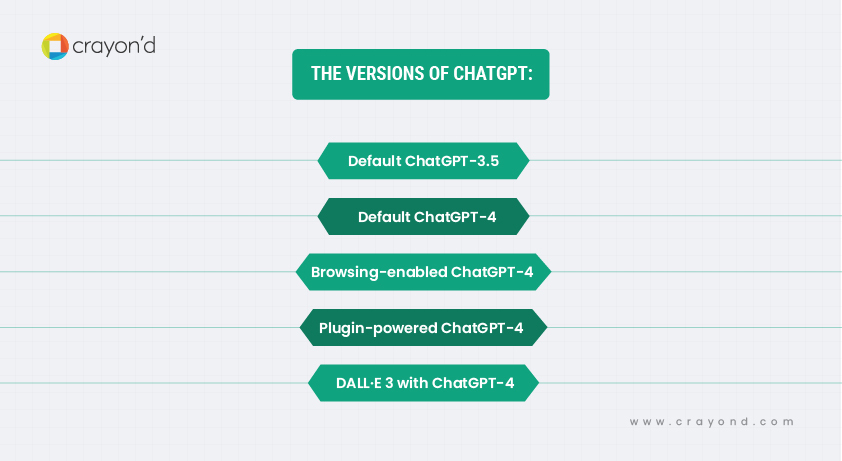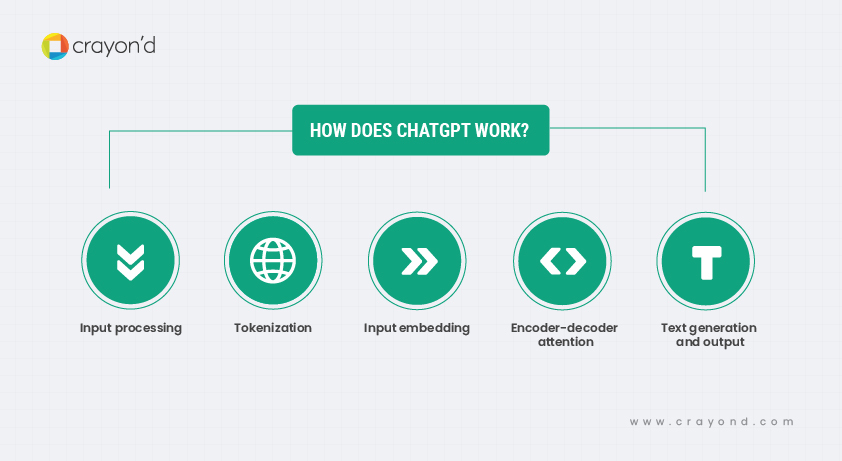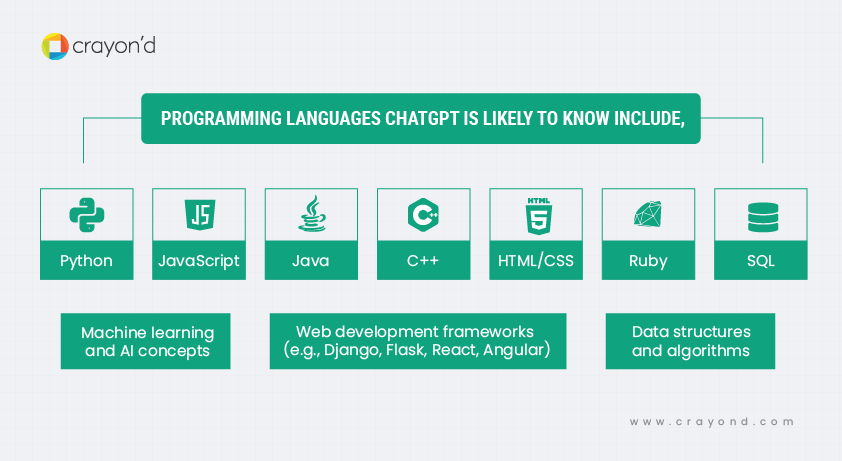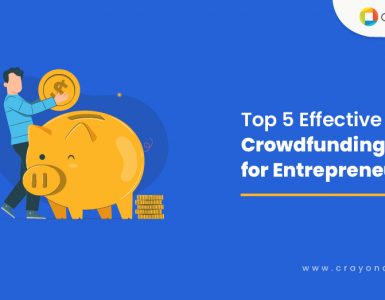The topic of artificial intelligence has dominated business discussions in recent years.
And the introduction of ChatGPT added fuel to the fire of fear ignited by the advent of AI.
However, the truth is far from alarming. When harnessed correctly, ChatGPT emerges not as a threat but as the greatest asset to your business. Taking advantage of its capabilities will enable you to position your SaaS business at the forefront of the AI revolution.
This blog serves as a compass, guiding you through transforming ChatGPT from a mere tool into a critical resource for your SaaS business.
What is ChatGPT?
ChatGPT is an AI chatbot developed by OpenAI (an AI research company) and launched on November 30, 2022.
ChatGPT has undergone several changes and updates since its inception.

ChatGPT-3.5 (free) knows events and data that occurred until January 2022. The ChatGPT-4 (paid) knows events and data that occurred until April 2023.
In the enhancement of GPT-4, the Browse with Bing feature was integrated. This version has access to the internet so that it can provide current and updated responses. And the ChatGPT plugins that are add-on tools.
DALL·E 3 is now in beta. It responds to or translates your requests with images.
How does ChatGPT work?

In ChatGPT, Natural Language Processing (NLP) and machine learning are used to process text. Also, It is trained on a wide range of internet text to generate human-like responses.
In a nutshell, the process works as follows.
1. Input processing
The user inputs text into ChatGPT, either in the form of commands or questions.
2. Tokenization
The input text is then broken down into smaller units called tokens. These tokens are typically words or subwords. This process helps the model understand and process the input.
3. Input embedding
After tokenizing the input, embedding converts it into numerical vectors. Each token is represented as a high-dimensional vector. These embeddings capture semantic relationships between words and their context.
4. Encoder-decoder attention
This process is based on the transformer architecture which consists of an encoder-decoder structure. However, in the case of ChatGPT, only the decoder part is used.
The decoder processes the input embeddings through multiple layers of self-attention mechanisms. The attention mechanism allows the model to weigh the importance of different parts of the input sequence when generating the output.
The transformer encodes the context of the input and generates a probability distribution over the vocabulary for the next token.
5. Text generation and output
The model uses the generated probability distribution to select the next token, usually through methods like sampling or beam search.
This process is repeated iteratively to generate a sequence of tokens until a stopping condition is met (e.g., a maximum length or an end-of-sequence token).
The final sequence of tokens is converted back into human-readable text, forming the model’s response.
It is important to note that chatGPT often lacks accuracy. Its sources aren’t fact-checked, and it relies on human feedback to improve its accuracy.
Six Ways ChatGPT Can Help You Enhance Your SaaS Business
1. Personalizing customer experiences
Modern consumers are accustomed to instant gratification and personalization. Traditional customer support often involves long wait times, generic responses, and limited availability. Consequently, this negatively impacts overall customer satisfaction and business perceptions.
With ChatGPT, this scenario is now easily toggled. Its unique ability to understand and generate human-like text injects a quick and personalized touch into interactions. By doing so, SaaS businesses can revolutionize their user experience.
Here are a few ways the chatGPT can enhance your customer experience with personalization.
- Tailored responses based on customer data
Leveraging customer data, ChatGPT analyzes interaction history and preferences to generate responses tailored to individual needs and interests.
- Customer segmentation and targeted communications
Utilizing ChatGPT, customer segmentation is employed based on behavior and preferences. This enables the implementation of personalized communication strategies, including the delivery of tailored messages, recommendations, or promotions to distinct customer segments.
- Real-time data integration
ChatGPT seamlessly integrates real-time data into responses, ensuring the information provided is current and relevant. For example, when customers inquire about current features or service status, ChatGPT retrieves real-time data to deliver accurate and personalized responses.
- User-specific recommendations and guidance
Provides personalized suggestions and guidance by analyzing user interactions and historical data. This could involve recommending features, offering usage tips, or guiding users through workflows based on their unique behaviors and preferences.
This level of personalization not only enhances customer satisfaction but also increases the likelihood of repeat business and customer loyalty.
2. Metric and data analysis
Businesses employ teams of analysts to process extensive data, creating valuable KPI metrics and reports for decision-makers. ChatGPT significantly streamlines this process by efficiently analyzing large datasets from various systems and can produce reports and summaries.
This frees up valuable time and resources. Allow businesses to focus on achieving targets rather than spending excessive time.
3. Automation of repetitive tasks
Automating repetitive tasks in businesses enhances efficiency, saves time, and boosts overall productivity.
Here are some ways ChatGPT can be leveraged for task automation in your business:
- Appointment scheduling:
Optimize your appointment scheduling effortlessly with ChatGPT. It can seamlessly check availability, coordinate time zones, send calendar invites, and simplify the logistics of setting up meetings and appointments.
- User training and guidance:
Install ChatGPT to provide automated user training and guidance. It can assist your users in navigating the interface and explaining features and queries. This reduces the need for extensive manual documentation for training users.
- Billing and invoicing automation:
Users can also use ChatGPT to automate their billing and invoicing processes. It can effectively generate invoices, calculate charges based on usage, and handle routine billing inquiries. This streamlines your financial operations and reduces the administrative burden.
By automating these repetitive tasks, you can enhance operational efficiency, and reduce human error. This allows you to focus on their roles’ more strategic and creative aspects. It’s essential to carefully plan and monitor the implementation of automation to ensure it aligns with business goals.
4. Elevate Marketing Copy
ChatGPT can play a significant role in content creation. With proper usage, ChatGPT can enhance creativity, clarity, and engagement.
Here are several ways in which ChatGPT can be leveraged for marketing copywriting.
- Content ideation
Use ChatGPT to generate creative ideas for marketing content. It can inspire blog posts, social media updates, and other promotional materials, helping marketers brainstorm fresh and compelling topics.
- Drafting compelling ad copy
Leverage ChatGPT to draft persuasive ad copy for various platforms. It can generate attention-grabbing and persuasive ad content to boost conversion rates.
- Creating product descriptions
Leverage ChatGPT’s capabilities to craft compelling product descriptions. By furnishing details about your product, its features, and benefits. ChatGPT will assist you in creating clear and engaging descriptions that resonate with your target audience.
- Email marketing campaigns
Optimize email marketing campaigns by incorporating ChatGPT. It can assist you in crafting compelling subject lines, body content, and calls to action. The copy will resonate with subscribers and encourage higher open and click-through rates.
- Blog post creation
Generate blog post outlines and content ideas with ChatGPT. It can help structure articles, suggest subtopics, provide inputs, and enhance the process.
- SEO-friendly content
Optimize your content for search engines with ChatGPT. It can suggest relevant keywords, metadata, and content structures that align with SEO best practices. This way you can also enhance the discoverability of your content.
Integrating ChatGPT into marketing copy requires a thoughtful approach. After generating the content, it’s crucial to review and refine it. And check whether it aligns with your brand voice, messaging strategy, and specific marketing goals. Human creativity and strategic thinking should collaborate with ChatGPT’s capabilities to achieve the most effective and impactful outcomes.
5. Code Generation
Yes,chatGPT can write code.
It has a limited knowledge of programming languages. Instead, it has been trained on a diverse range of internet text, which includes a substantial amount of information related to coding, programming languages, and technical discussions.
As a result, ChatGPT can generate responses and understand queries related to coding and various programming languages. It can provide assistance, generate code snippets, and engage in conversations about programming.
ChatGPT’s deep learning algorithms make sure the generated code is of the greatest caliber, lowering the possibility of defects and mistakes. As a result, the code is more dependable, effective, and resistant to errors and crashes.
However, it’s important to note that while ChatGPT is knowledgeable about a wide range of programming concepts, it doesn’t have real-time awareness of the latest updates or changes in programming languages.

6. Multilingual support
ChatGPT can support multiple languages, allowing businesses to provide customer support in different languages. This expands your business to reach new markets and engages with customers worldwide.
Conclusion
Yes, integrating ChatGPT into your SaaS business can indeed be a game-changer.
As industries continue to evolve, harnessing the capabilities of ChatGPT is not just an investment in efficiency. But a strategic step towards future-proofing your business for sustained success.
Stay ahead in the world of SaaS innovations by subscribing to our newsletter. For a daily dose of industry wisdom and updates, connect with us on LinkedIn.







Add comment